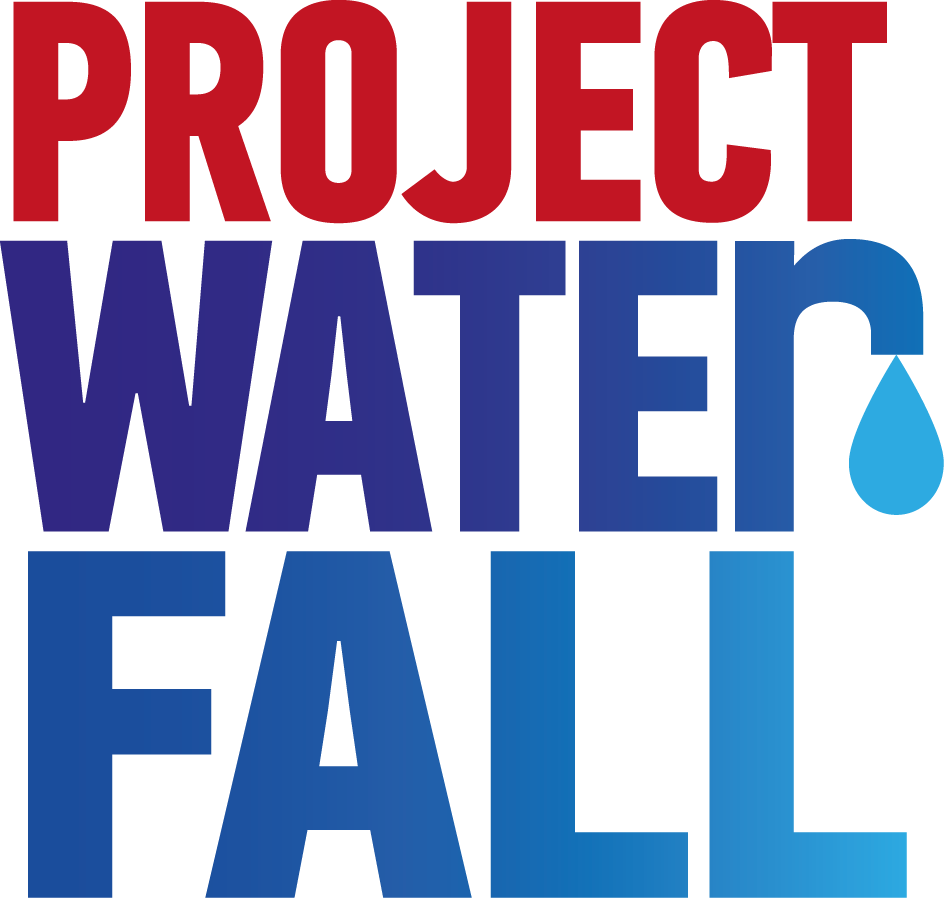Investing in Education: A tri-country project bringing clean water and sanitation to 170 schools across Kenya, Ethiopia and Uganda.
In 2000, the Millennium Development Goals (MDGs) were established by the UN to tackle the vast number of challenges facing developing countries. MDG 2 was to achieve universal primary education for all children. Many countries in East Africa began working towards this goal at an incredible pace, and while technically all children from Kenya, Ethiopia and Uganda now have legal right to education, in practice it has been much harder to implement.
In the rush to meet this goal the quality of many school building projects fell and consequently, important facilities including water points and toilet structures went largely unnoticed. The most overlooked schools are often found in remote areas that depend on agriculture, in many cases coffee farming, for their livelihoods.
Table 1: Percentage of country covered by WASH facilities, Advancing WASH in Schools, UNICEF, 2015
Receiving an education is one of the most valuable things we can gain in life, but equally as important is being healthy enough to go out and get it. The funding of water facilities and hygiene programmes within schools can make a significant impact to both students and their wider communities. In 2017, Project Waterfall contributed to funding the final year of a five-year WASH programme spanning Kenya, Uganda and Ethiopia. In this final year, the project constructed new water and sanitation facilities in 20 schools, helping over 2,500 children and investing in the education for the future of these countries.
“Our school is better now…many things have changed and pupils do not have to leave school at lunchtime to look for water to drink.” - Ninsiima Prisca, 13 year old pupil at Rwentuuha Primary School
At Rwentuuha Primary School in the Kyenjojo District of Uganda, students and teachers would often leave the premises to collect water from the community borehole, crossing busy main roads and cutting into time spent in the classroom. With the provision of a rainwater harvesting tank on site, children are now able to dedicate their thoughts to learning, and not to where their next drink will come from.
Sanitation facilities too have seen major improvements through the funding of this project. Private washing rooms for girls have been built at all 20 schools, providing privacy and dignity for young women beginning menstruation. This is particularly important as menstruation has long been understood to be a huge factor in lower attendance records for girls. By providing these facilities, we can help ensure that girls are no longer afraid of the repercussions of going to school during a period, and ultimately have the same opportunities as boys.
The water tank and toilet blocks at Rwentuuha Primary School, Uganda
It’s not only the water and sanitation facilities that have seen progress; within the education framework, many schools are now implementing basic hygiene education in addition to other lessons. Health clubs led directly by pupils, in many cases young women, will have an impact in years to come. Standard hygiene behaviours are passed from children to younger siblings and even parents, limiting the spread of water borne illness and increasing overall levels of health.
For each school we worked with, locally appropriate solutions have been implemented that are tailored to the environment, and exist within strong public ownership structures. All community members are involved in the infrastructure planning process, as well as learning about the cost of any repairs that may be needed by putting a communal maintenance program into effect. With the support of teachers, leaders, pupils and elders, this project inspires positive change and healthy lifestyles with youth at its heart.
“This is the assurance I am giving to parents: let your children now come and join us -with clean water and toilets, this is a safe place for your children to learn.” - Frances, Deputy Head Teacher at Wangu Primary School, Kenya
With these changes comes a sense of pride that is being instilled in the younger generation, a sense of hope. These children will grow up to become doctors, agricultural producers, politicians and scientists, bringing their own families into the world and showing the impact of a healthy, happy education for years to come.
All funds raised through UK Coffee Week 2017 and the London Coffee Festival supported the Investing in Education project in partnership with WaterAid UK and local delivery partners, constructing water and sanitation facilities, and implementing hygiene promotion programmes in 20 schools across coffee growing regions of Ethiopia, Kenya and Uganda.
All photos © Eliza Powell






